Learn : Behavior & Training
Dog Training Basics
As dog parents, giving our companions a solid training foundation is perhaps the most important thing we can do for their health, safety and general enjoyment of dog life.
It’s what establishes a positive relationship between ourselves, other humans and their fellow pets. Whether it is the arrival of a new puppy, a recently adopted dog or a dog training refresh for a longtime friend, a few positive reinforcement dog training tips can work wonders for them right now and farther down the path.
Certified trainer, reactive dog expert and friend of Nom Nom, Kelsey Rich of Philly Unleashed, puts it best.
"Patience and practice strengthens the bond between you and your lifelong friend."
When should I start training a dog?
The answer is simple for any dog, young or experienced: As soon as you can.
We’ll resist making the old-dog-new-tricks pun here, but the reality is there’s very little truth to the saying. While untrained adult dogs may start off a little more stubborn than their puppy counterparts, many may actually be better learners due to their developed brains and increased capability to concentrate.
How do I start training a dog?
Dog training has changed quite a bit in the past few decades as our understanding of canine cognition and social development has broadened. Gone are the days when trainers recommended rubbing a puppy’s nose in an elimination accident in the house. (Thank heavens.) As our knowledge has expanded, we have come to recognize that positive, fear-free training has a more powerful, long-lasting impact on pet behavior.
Positive reinforcement is only a piece of a larger technique known as operant conditioning, but it is the most commonly cited technique for responsible dog training. In short, it entails providing something your dog wants so you can strongly influence the chance that a particular behavior will reoccur.
Our brains naturally leap to treats, but this “want” can be anything from a tiny food item to verbal praise, toys, petting or playtime. In fact, in veterinary clinics, staff will often spend the first puppy visit teaching a puppy to sit — perhaps the most important staple in learning obedience. However, it doesn’t always start with a command word, but by simply providing love and attention when the puppy sits. Amazing what a little TLC can do.
Timing Is Everything
Most puppies aren’t introduced to a puppy class until they are past the most formative period of their lives: the first 16 weeks. This is necessary because dog trainers like to ensure all the puppies that come to class are appropriately vaccinated and protected from easily transmitted diseases such as Parvovirus or Bordetella (kennel cough). Pet parents will often wait to begin any type of behavior training until that first class, excusing any not-so-great behavior in the meantime.
While tempting to let puppies be puppies, pet parents lose out on teaching them during a stage where young dogs are mentally developing behavior patterns.
Even little things, like calling your puppy’s name and getting them to respond to low, medium and high value treats can pay huge dividends into their training futures.
Make a schedule
The greatest threat to a good training program is a lack of consistency and regularity. When beginning a new endeavor, like leash training for going on walks, it is vital to either ensure that there is a single trainer who is working with the pet, or make sure that the whole family is on board with training. This includes making sure everyone uses the same cues, commands, and reward system. When every family member is training the pet to perform the same task, but with different expectations or instructions, the result is a confused pet with unreliable responses to requested behaviors.
A regular training schedule is also essential, especially in the early stages of introducing a new behavior. Just like memorization or learning a new skill, training with your dog regularly can help to keep the new skill or trick fresh in his mind. The repetition will solidify and strengthen the behavior.
Stay patient
It’s worth saying again: every dog is different. Even within breeds. While some pets will pick up new tricks and behaviors quickly and within the first session, others will need more training to finally pick up on what you are trying to teach. So if things seem to be going a little slow, it never hurts to sit back and reevaluate the value of the reward you are offering and the regularity of the training sessions.
Crate training is a near-necessity for some dogs who crave a comfy place to call their own — particularly anxious dogs. There are many avenues trainers suggest for crate training, but all of them share a few core tenants:
- Make sure you have the right size crate
- Make sure you start small, keeping them in the crate for only 5-10 minutes of time
- Make sure you reward them handily for going into their crate
Leash training can be a whole other bag of chips. Some dogs come well equipped for life on leash, while others are a little more resistant to the idea of being restrained at all. The top three things to remember while you teach your dog to stay tethered?
- Go slow. Introduce the harness or collar while you’re inside the house, and take some trips around a familiar area indoors to get them comfy with their new threads.
- Use cues. It could be a clicker, it could be treats, it could be a simple word like “yes,” or it could be a combination of all three. You’ll need some way to let your dog know they’re doing a good job on the leash, and ways to redirect them when they’re straying from the course.
- Be proactive. Know your surroundings, and try to avoid thrusting your dog into chaotic environments they may not yet be equipped for. Small, contained, car-free areas are a great place to start.
There are also a number of on- and off-leash exercises that you can perform with your dog to help them getting used to listening to commands while they’re confronted with all the distractions available in the great outdoors.
Potty training is potentially the tallest task of all, and some breeds can be trickier than others when it comes to getting a firm sense of indoors vs. outdoors. If you have a puppy, develop a puppy potty training schedule you can stick to. A number of dedicated windows throughout the day you can hold yourself to keeping free, so you can get your pup used to spending time outside and doing their business while they’re at it.
Have a little fun
Or a lot. Remember, your dog loves you and more likely than not, is looking forward to some activity time and all the treats that come with. Laughing, playful banter and belly rubs are all surefire ways to provide positive reinforcement for dog training.
Advanced brain training for dogs — the kind you might’ve google and found in the Zak George puppy training videos — can be as much fun for pet parents as their pets.
Trust the pros
Training with your pet can be an exciting way to develop better understanding and communication, as well as modifying or eliminating unwanted behaviors. These interactions can lead to a higher quality of life for both of you.
If you’re still unsure where to start, the first place to look would be with your local veterinarian. Discuss with the veterinary staff who know your pet what methods, plans and local training groups they might recommend. Some clinics offer after hours classes, while others have established relationships with pet trainers and behaviorists that share their views on training.
Bonus: What are the best treats for dog training?
As always, stay in tune. See what’s providing the strongest reaction for your dog. While we may perceive morsels of meat or cheese as the highest value treats available, dog tastes varies.
For low value treats you’ll be using early and often, we recommend easily-consumed, healthy bits like carrots or blueberries. Higher value treats come in handy in higher-needs situations like walks and dog parks. Think of more delicious snacks like our one-ingredient jerky.


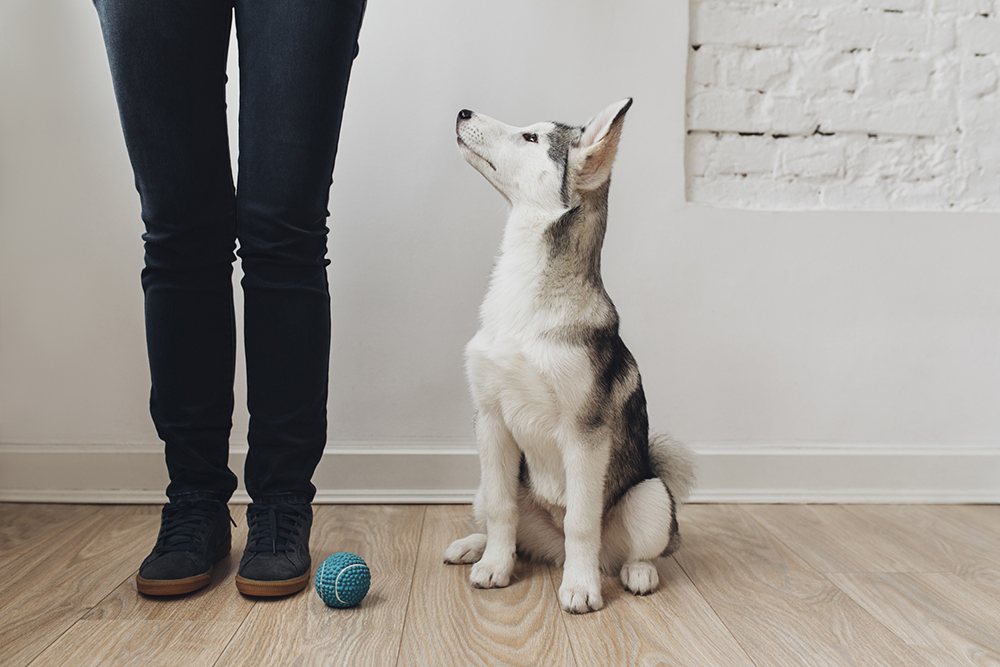
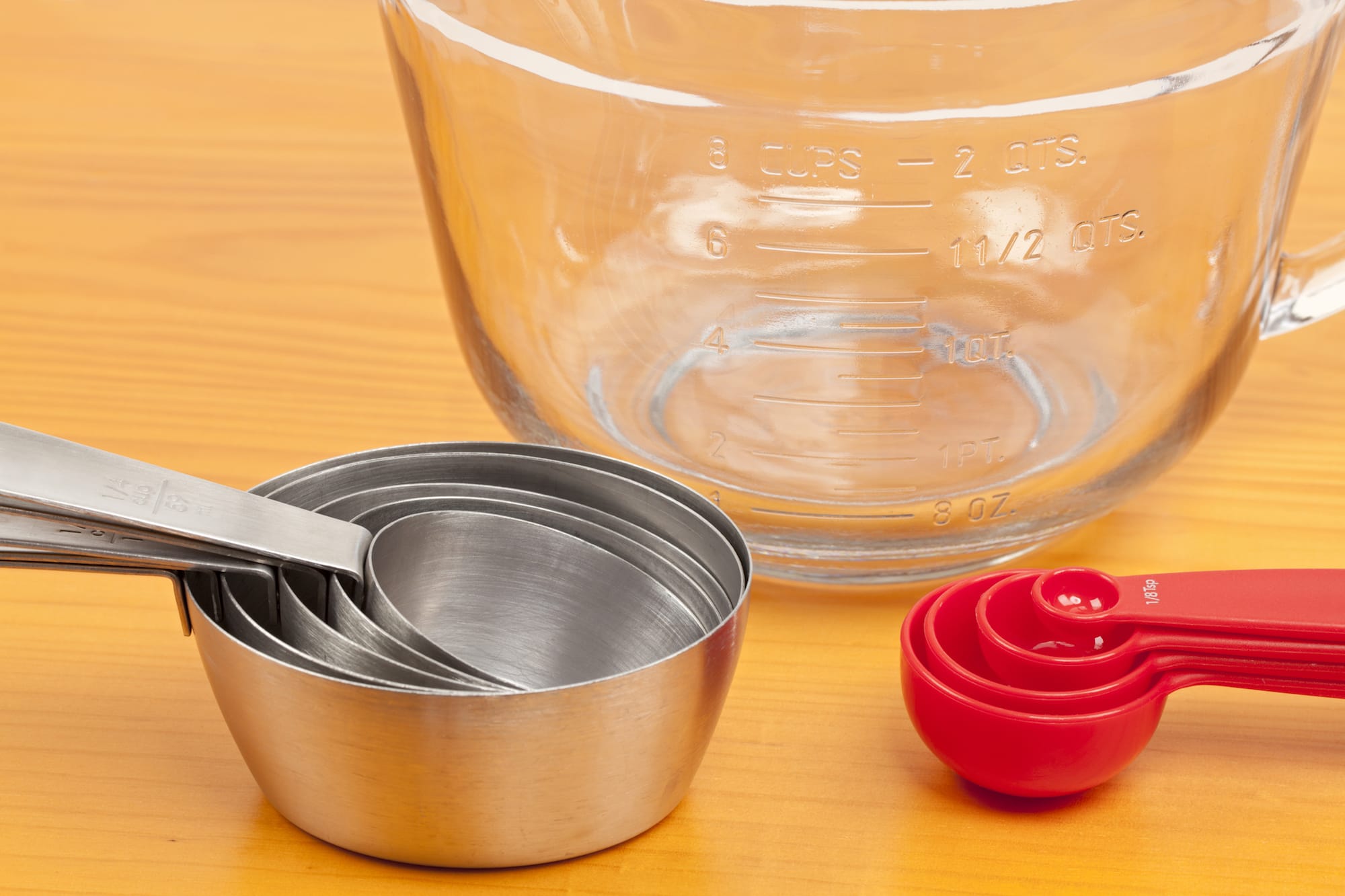 Determining Dog Food Portion Size
Determining Dog Food Portion Size
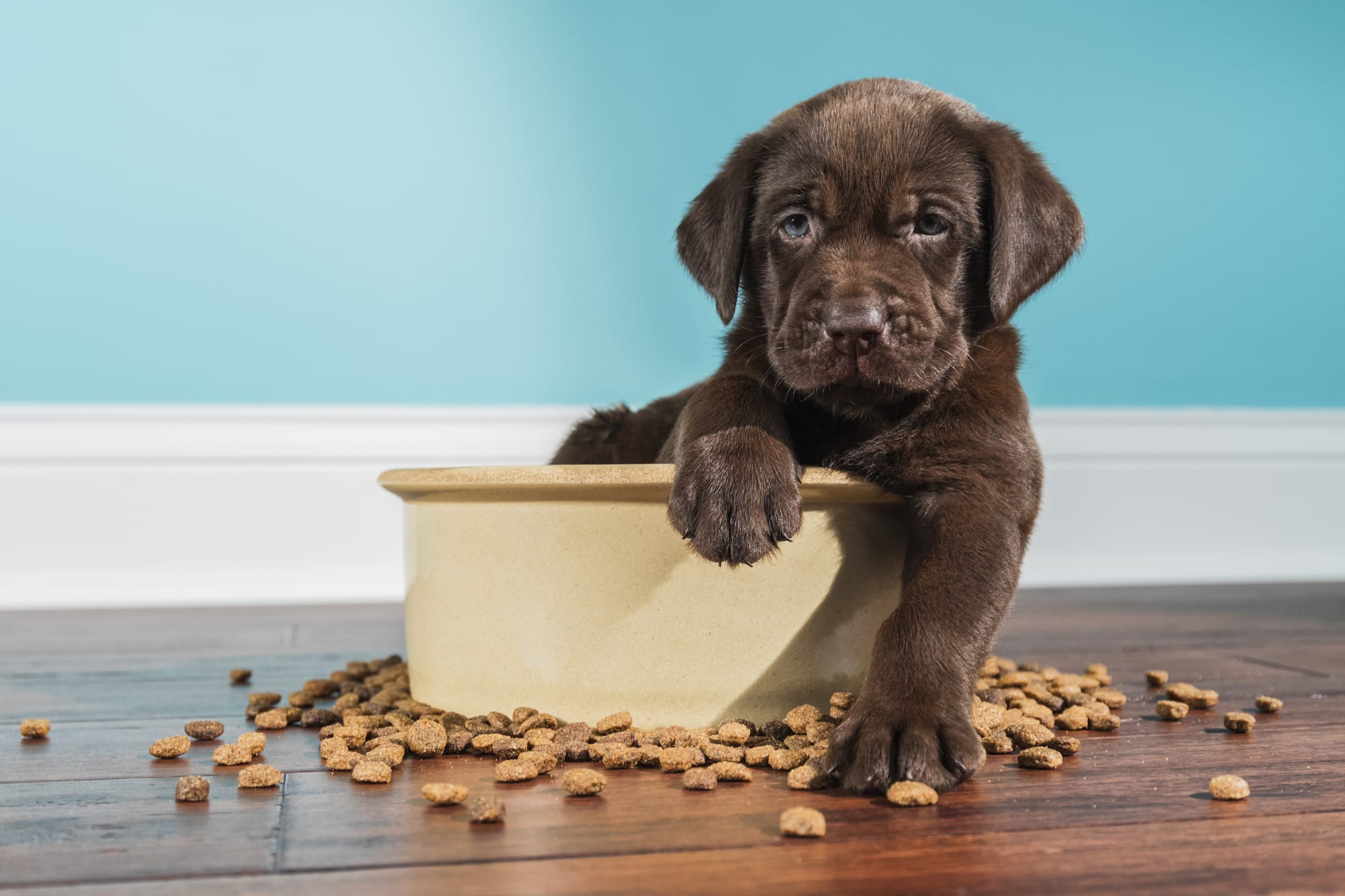 Why Is My Dog Refusing Dinner?
Why Is My Dog Refusing Dinner?
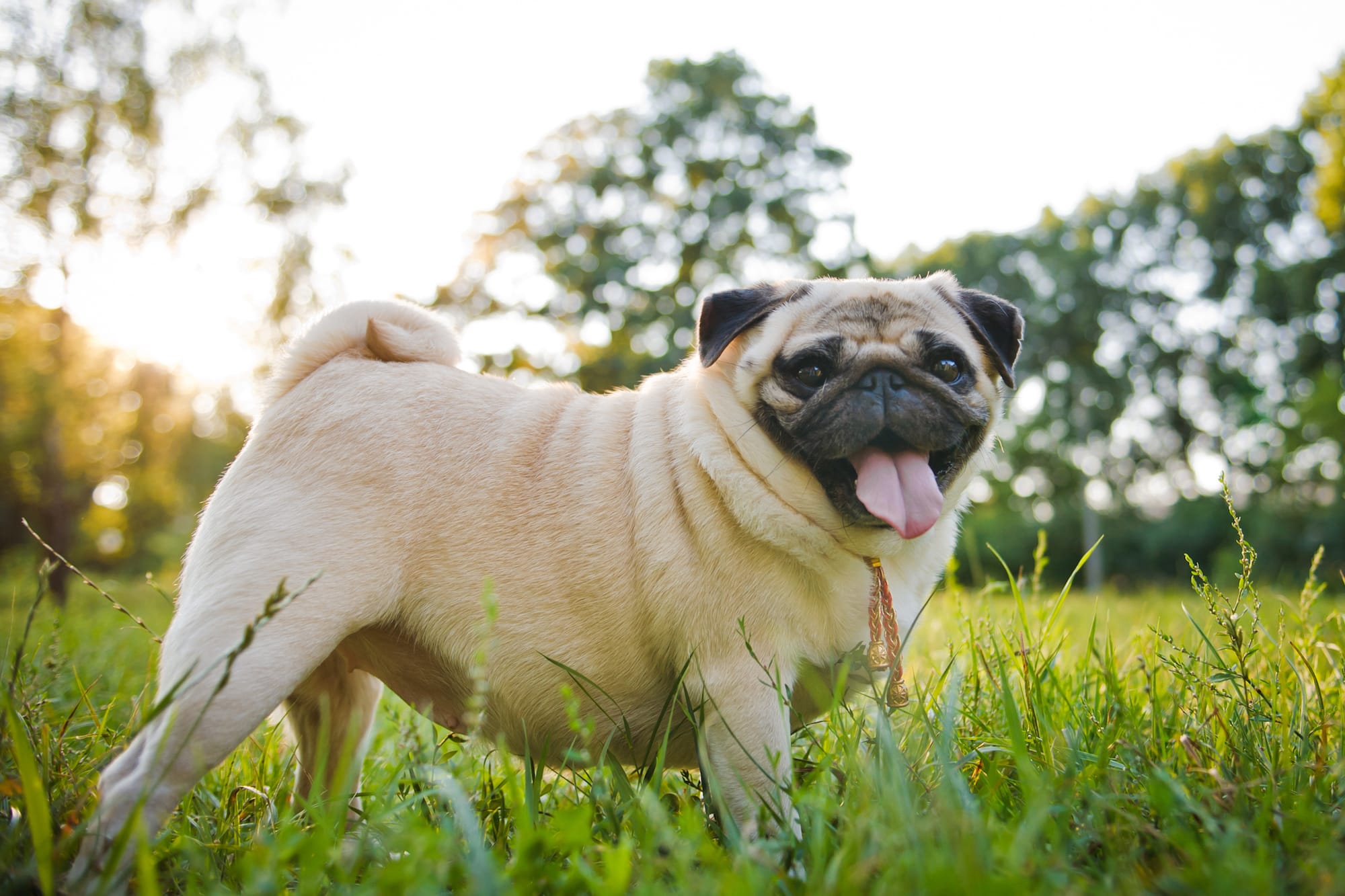 The Right Weight Loss Diet for Your Dog
The Right Weight Loss Diet for Your Dog
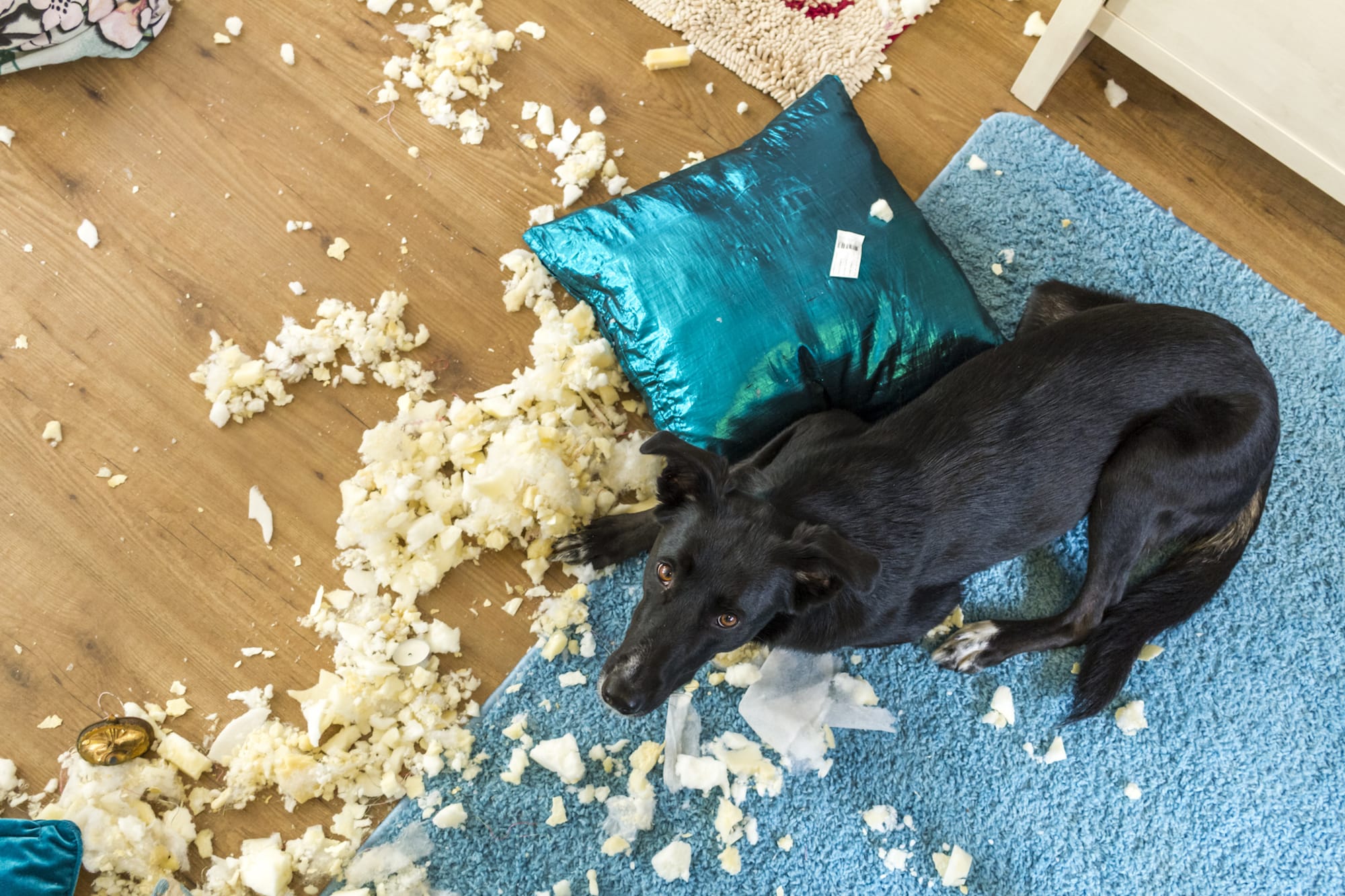 Why Did My Dog Destroy My House?
Why Did My Dog Destroy My House?
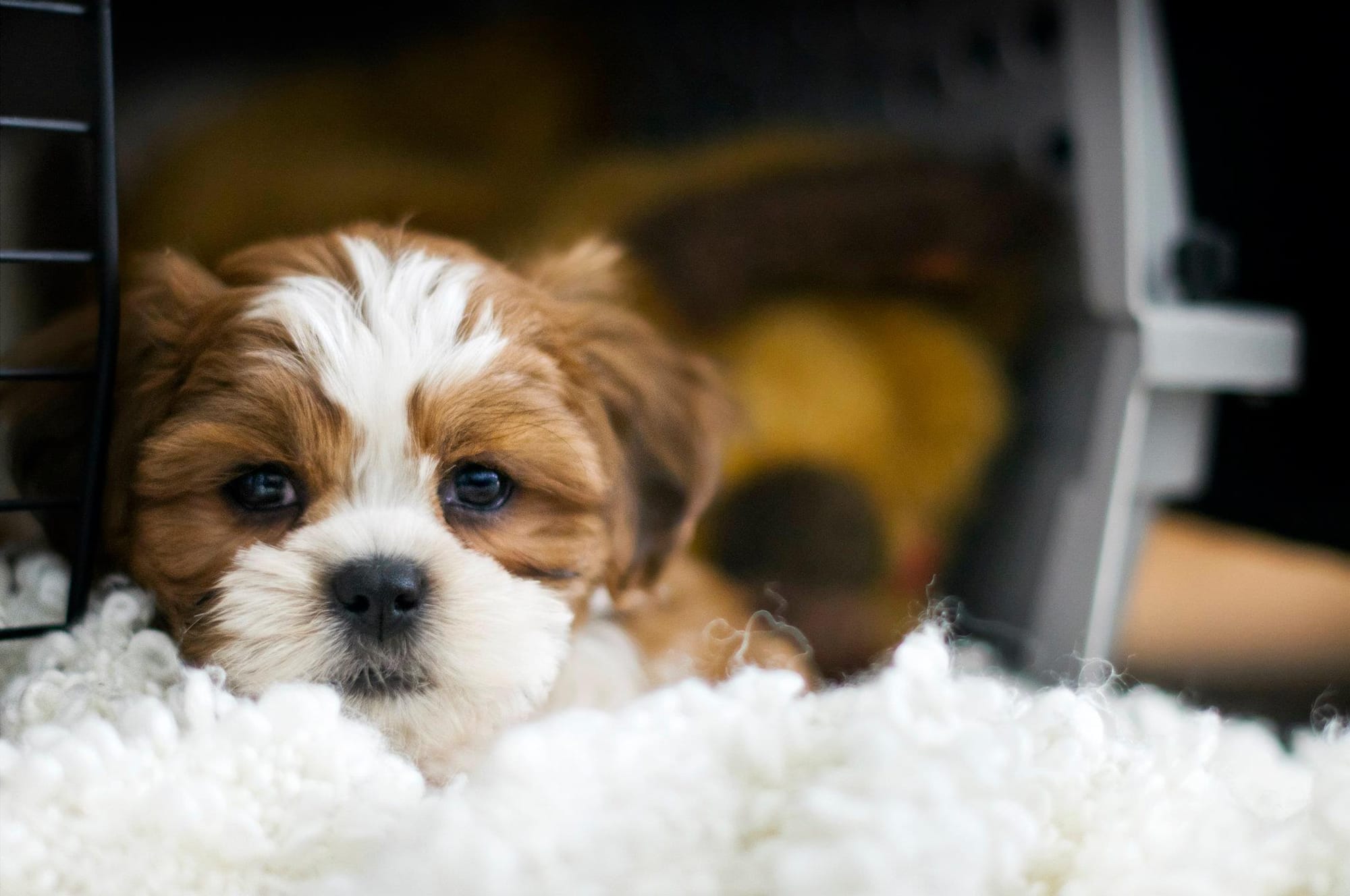 The Importance of Crate Training
The Importance of Crate Training
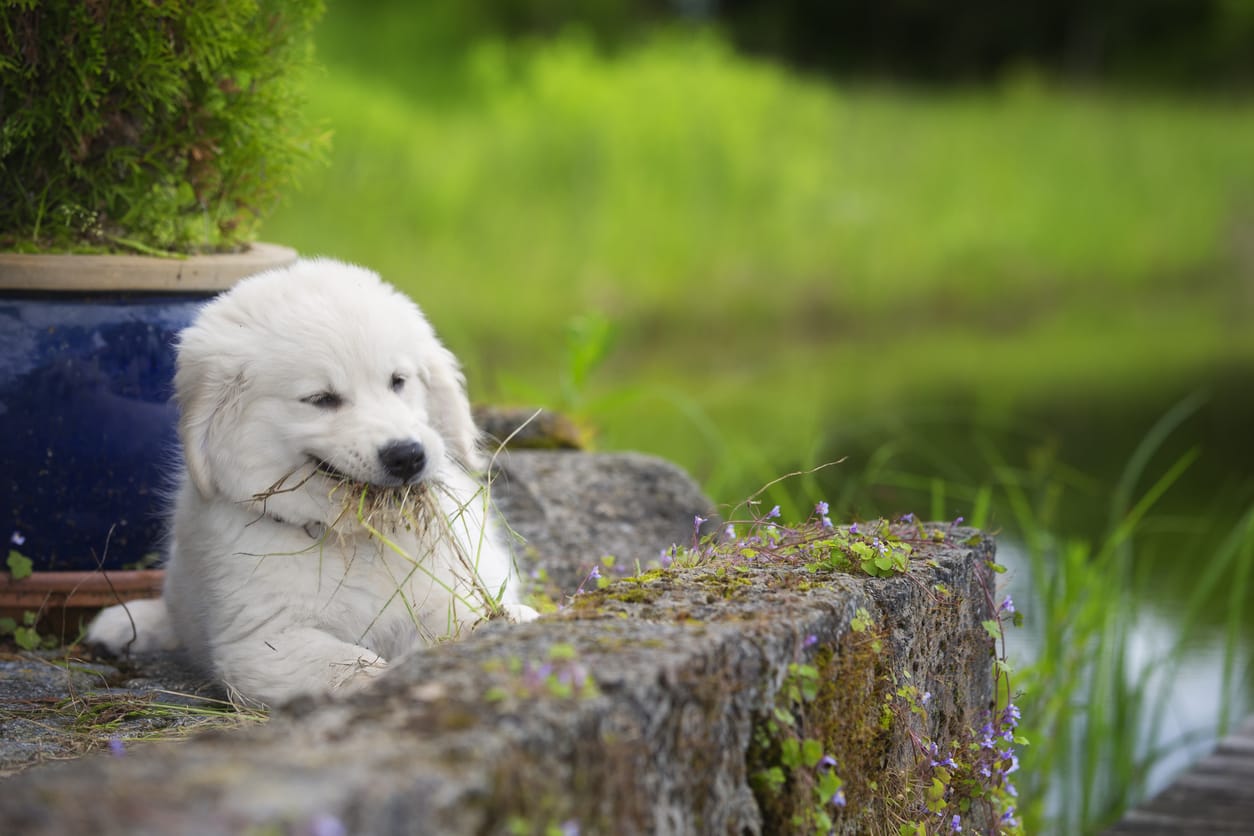 Why Does My Pet Eat Grass?
Why Does My Pet Eat Grass?